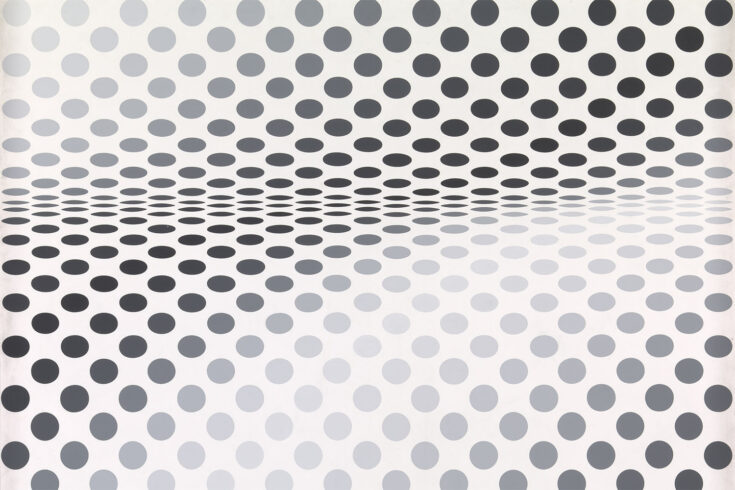Some of the materials that are traditionally used to clean and restore artworks and historical artefacts, the solvents used to remove discoloured varnish from paintings, say, can be pretty noxious. Potentially harmful to the person who’s using them, and bad for the environment. Could heritage conservation go a whole lot greener, using more sustainable substances?
The EU-funded project ‘green endeavor in art restoration’ (GREENART) is aiming to bring this about, researching more environmentally friendly ways to preserve cultural heritage.
The project’s partners are truly global: they include major art collections in the US and Japan, as well as in Europe. And playing a key role is Tate, one of the UK’s leading art institutions.
Small world, big impact
Dr Bronwyn Ormsby, Principal Conservation Scientist and Tate’s Principal Investigator on the GREENART project, explains:
Though we span the globe, the world of heritage conservators can be quite small. We often know each other, and there’s a lot of important informal knowledge-sharing. Often we’re dealing with the same kinds of issues, and Tate has a global reputation for rigorous research in this area.
GREENART builds on some of these long-established relationships. Until 2018, project leader CSGI (the Centre for Colloid and Surface Science, based in Florence) had been working with Tate on a similar EU-funded project, called NANORESTART. CSGI has been innovative for many years in producing new, more sustainable materials to be used in heritage conservation, while Tate leads on the evaluation of risk around new treatments: not producing new materials themselves, but feeding into the specifications for them and extensively testing them as they come through, within the context of established systems of conservation and conservation ethics.
As well as the combined expertise of its conservation team, and some 30 years of experience in researching modern and contemporary art materials, Tate brings to the project a suite of newly revamped conservation labs, supported through the Arts and Humanities Research Council’s Capability for Collections Fund.
Moreover, Tate’s own modern and contemporary art collection presents some particular challenges, which conservators around the world are facing, because of the vast range of different materials that modern and contemporary artists use. For example, through the GREENART project Tate is learning more about the work of major British artist Bridget Riley: she uses kinds of paint based on polyvinyl acetate, but little had been known about the implications of this for the longevity of Riley’s paintings.
Still in the picture
For Tate’s Research Grants Manager, Kim Balukiewicz, it’s really simple:
Without the Horizon Europe guarantee grant we wouldn’t have been part of the project. Tate would have missed out on all the things that have come from it: the momentum that it brings, the place it gives us in the wider research field, the opportunities to train and employ conservators and heritage scientists who are working on the project.
Video credit: UKRI
Video transcript and on-screen captions are available by watching on YouTube.

